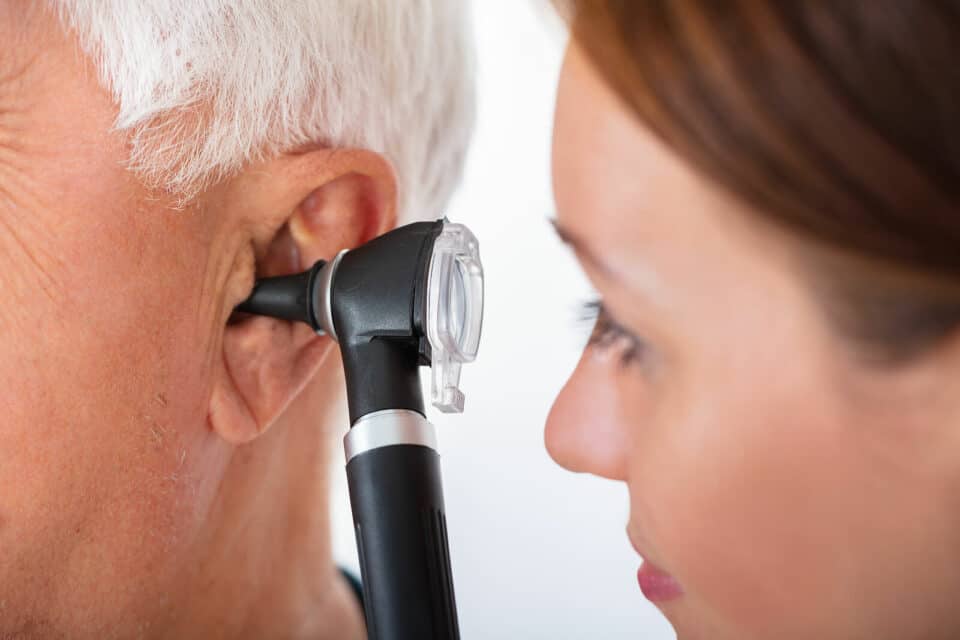
Ear Wax: The Guardian of Your Ears
Have you ever wondered about the unsung hero of your ear canal? Yes, we’re talking about ear wax. It might not be a hot topic at your next dinner party, but this natural substance plays a crucial role in keeping your ears healthy.
Understanding Ear Wax: Your Ear’s Best Friend
Ear wax is not just a sticky annoyance, it’s there for a reason. Ear wax is your ear’s natural moisturizer. It keeps the skin inside your ear canal hydrated, preventing it from getting dry and itchy.
But that’s not all! Ear wax is also your ear’s guardian. It keeps dirt, dust, and other particles away from your ear drum. It traps these intruders and prevents them from damaging the delicate structures of your middle ear. Ear wax even has antibacterial properties! It creates an environment too acidic for harmful bacteria and fungi to thrive.
When Ear Wax Goes Rogue
Now, here’s the catch. While ear wax is typically your ear’s protector, sometimes it can build up in the ear canal, leading to blocked ears and other problems.
- Ear Wax Impaction: When ear wax gets compacted, it can block your ear canal, leading to symptoms like hearing loss, earaches, and even dizziness.
- The Itchy Drama: Too much ear wax can turn your ear canal into an itchy battleground. If you’ve ever had an itch you couldn’t scratch inside your ear, that might be because of ear wax buildup.
- Tinnitus Troubles: Ear wax impaction can also cause tinnitus tinnitus—a persistent ringing or buzzing sound in your ears. Removing the build up of ear wax can bring relief.
- Infection: In rare cases, a blocked ear canal can lead to infections if bacteria or fungi have a chance to thrive.
How to Manage Ear Wax
The best thing you can do for your ears is just leave them alone. The ear is self-cleaning, and ear wax usually moves from the ear canal to the ear’s entrance, where it dries up and falls out. If you feel some discomfort due to dry or hardened ear wax, over-the-counter ear drops can help. They soften the ear wax, making it easier for it to find its way out of the ear.
Resist the urge to put anything in your ear canal! Even a seemingly harmless cotton swab can cause bigger concerns. These attempts to remove ear wax can backfire, pushing the wax further inside the ear canal, further blocking the ear canal, and in some cases even injuring your ear canal or ear drum. Q-tips, bobby pins, and fingers should all stay far away from the ear canal.
Professional Ear Wax Removal
If you suspect a build up of ear wax or if you’ve noticed changes in your hearing, book an appointment with your doctor or hearing health specialist.
We can safely and effectively remove impacted ear wax to improve ear health, stop that itch, or bring tinnitus relief. One common way to remove ear wax is through ear irrigation. We’ll use warm water to flush out the ear canal. This can soften and dislodge ear wax so your self-cleaning systems can kick in again.
Preventing Ear Wax Build Ups
The best way to prevent ear wax from building up in your ear canal is to allow your ears to look after themselves. It’s tempting to put a Q-tip in your ear canal to try and remove ear wax. But leaving your ear alone is the best way to maintain ear health!
If you notice any symptoms of ear wax impaction or you’re prone to having blocked ears, schedule a regular check-up to monitor your ear health. We’ll help you maintain your ear health with regular irrigation if needed.
Celebrating Healthy Ears
Ear wax may not be the life of the party, but it’s an essential player in your ear’s health. While it’s important to keep an eye on ear wax, it can usually self-clean and do a great job protecting your ears.
If you wear hearing devices, you’re more likely to have some earwax buildup over time, since the ear canal is blocked when you’re wearing your devices. As part of your routine check-ups, we’ll monitor ear wax buildup, and suggest ear irrigation if ear wax is getting out of hand. Come in today to get started!
